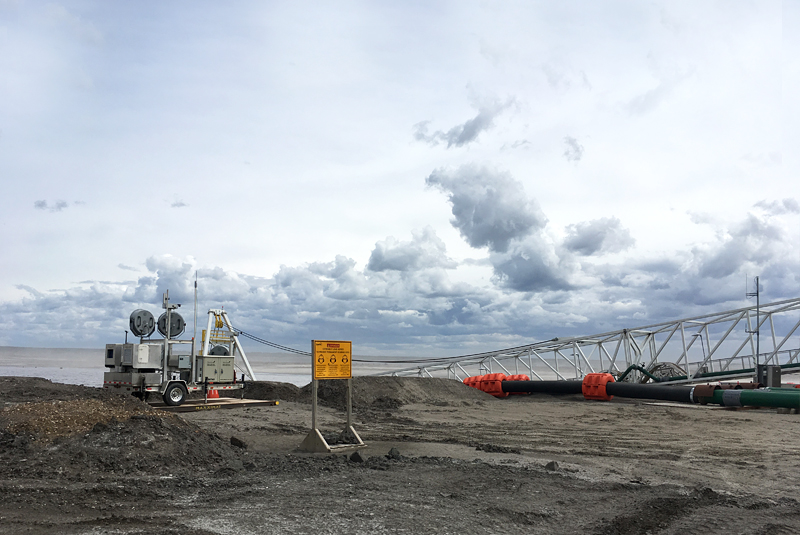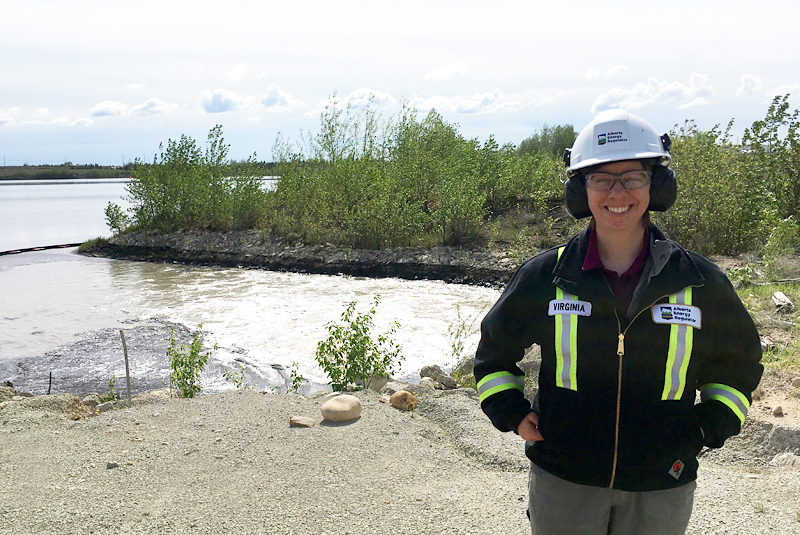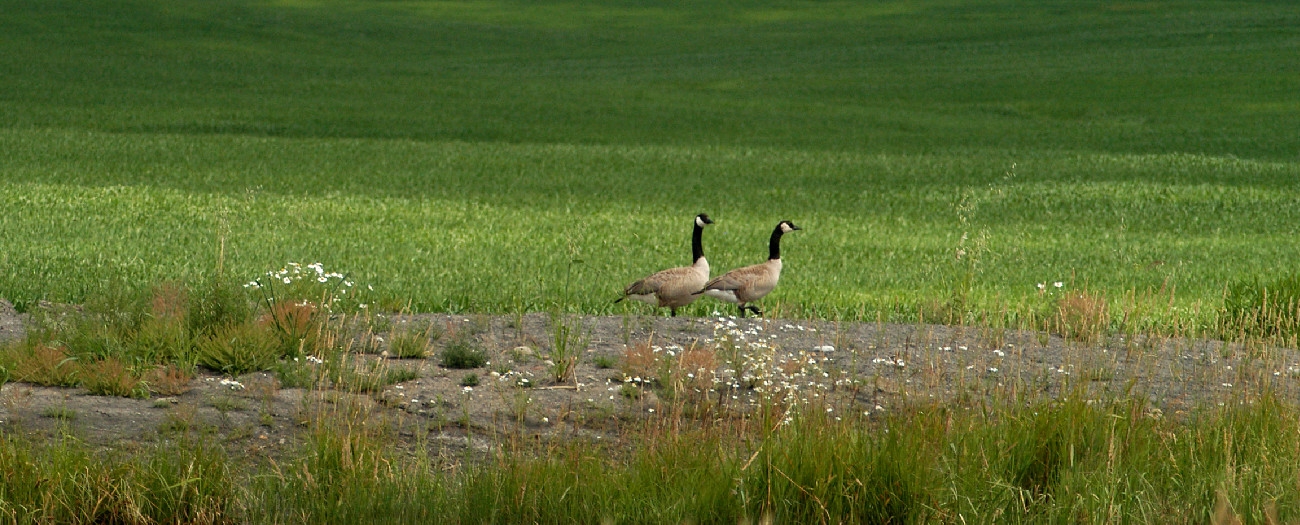Oil sands committee helping to keep birds safe
Alberta - September 25, 2018Editor’s note: It’s officially fall, which means migratory birds are flying south. Alberta’s precarious weather can cause birds to land unexpectedly and in places they would not normally seek to rest, including where oil and gas activities take place. The AER is reminding industry to ensure waterfowl protection plans are being followed. And in the spirit of the annual migration, we’re rerunning the following story, first posted in June 2017.
While you’re likely familiar with the phrase “birds of a feather flock together,” you’ve probably never thought about it in terms of the energy industry, governments, and the AER working together to help protect birds from oil and gas operations.
Alberta Energy Regulator (AER) inspectors already visit oil sands operations to audit bird safety practices.
But another initiative to help improve bird safety is the oil sands bird technical committee. It consists of representatives from Alberta Environment and Parks, the federal Environment and Climate Change Canada, the AER, and the energy industry itself.
Jeff Smith, a wildlife biologist with the AER, says the committee is a great opportunity for companies to work together and share best practices to understand how the issues are being addressed across the industry. “The companies understand that they are all being held to the highest of standards, and if one company has an issue it affects all of them collectively,” says Smith. “They are very motivated to help one another.”

He notes that the business of keeping birds safe in oil sands areas is particularly challenging because of the special nature of bird behaviour, like migration patterns and how oil sands sites differ from each other in terms of the sizes and numbers of water bodies, and the surrounding habitats.
“It’s hard to come up with a single strategy because each species has unique behaviour, coupled with the fact that each site is so different and has unique challenges,” says Smith.
The AER requires that companies submit bird protection plans as part of their applications for development. These plans include a risk assessment of tailings ponds and other industrial ponds that surround the area, how they are monitored, and the types of deterrents used to keep birds away.
The good news is that people seem to want to make a difference, from the committee members who come up with strategies to the site workers who must call immediately to report any trouble. Smith says that in his experience, industry staff have shown they want to protect all wildlife, including our feathered friends.
“It’s impressive to see the passion.”

Put a Check Mark Next to Safety
Virginia Hughes is an AER field inspector who recently conducted bird safety audits. She tells us about the various types of deterrents that companies are using and what she looks for in a site tour. Deterrents:
- Radar-triggered – certain flight trajectories will trigger a horn or other noisemaker deterrents to spook birds and redirect them to another area.
- Cannons – fire at timed intervals to scare off the birds.
- Effigies – like a scare crow in a corn field, these stickmen have rubber pants and coats.
- Human intervention – when necessary, contractors walk around the ponds and fire air guns to scare birds off the ponds. Some tailings ponds are so big they have to use boats to get around.
Some items on the audit list:
- Effigies are placed every 200 metres on the shorelines.
- Attractants, such as grass and weeds, are removed so that the birds can’t land in the vegetation, making the ponds less attractive.
- Properly functioning booms are used to control the bitumen. The boom collects the bitumen and keeps it in a central location before it is recycled back into the operations.
Kate Bowering, Writer


